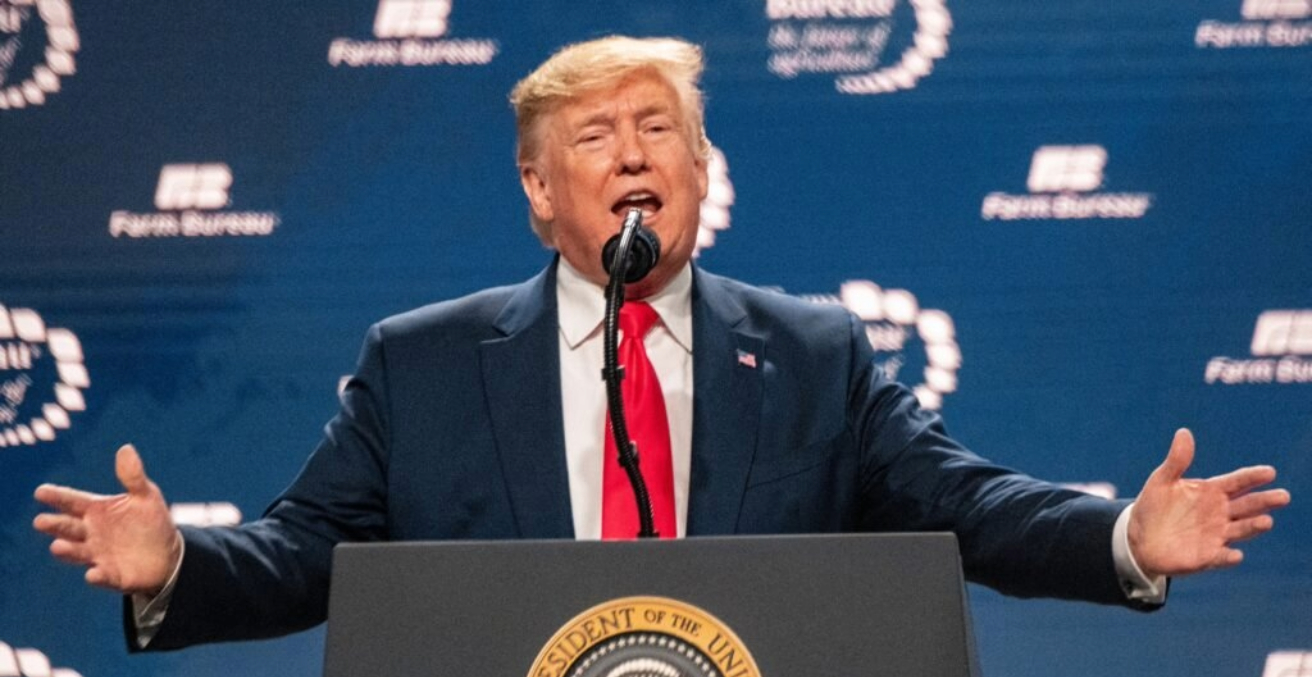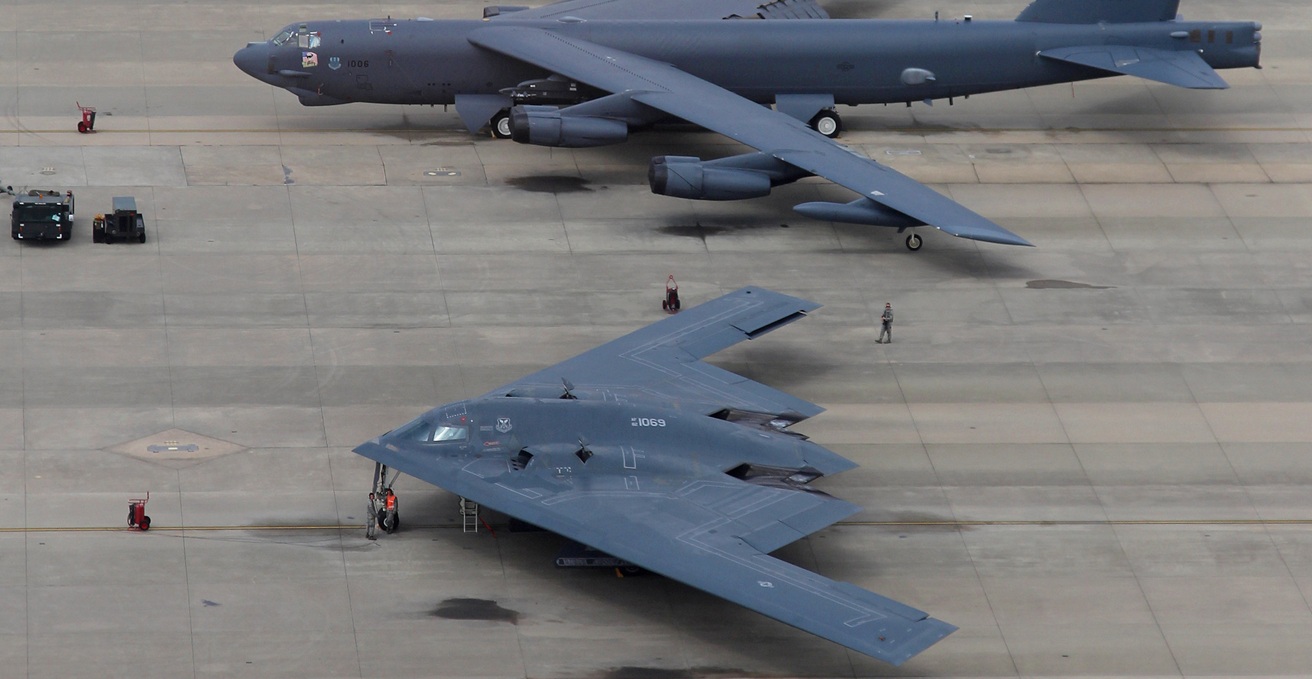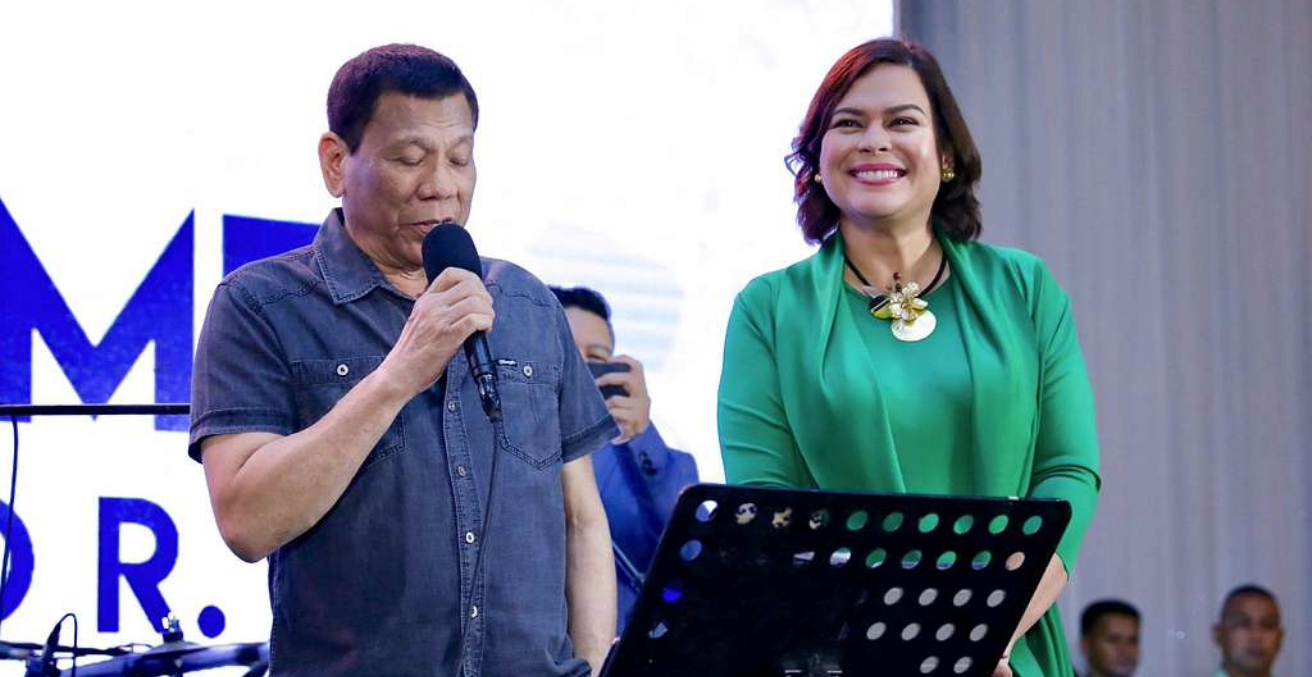Japan must actively engage in dialogue and cooperation with its neighbours, with regard to its 14,000 remote islands. These now stand at the cusp of Japan’s rearmament and a new age of relations with China.
At first glance, the Japanese archipelago may seem small in land area and composed of only a handful of islands. Upon closer inspection, Japan includes small remote islands, approximately 14,000 in total and with around 400 of them inhabited. Remote islands, known as ritou in Japanese, define the country’s borders, and despite their small size, play an outsized role in shaping Japan’s identity as a maritime nation and bolstering its credentials as a naval power.
Despite their importance, the ritou are often overlooked. Fewer than one percent of Japan’s 125 million people reside beyond the five main islands of Honshu, Kyushu, Shikoku, Hokkaido, and Okinawa. Although remote islands make up two percent of Japan’s landmass, they account for half of its exclusive economic zone (EEZ), which enables Japan to have a very significant presence at sea. Japan, although being the 62nd largest country in the world, has the sixth largest marine area. The ritou, which makes up 20 percent of Japan’s total coastline, are longer than the entire coastline of Brazil.
However, the ritou face mounting pressures. On the Nansei, a chain of islands stretched between Taiwan and Kyushu, residents are making contingency plans in case of a war with China. Rare-earth mineral discoveries around Ogasawara, an island group scattered in a south-easterly direction towards Guam, have also piqued Beijing’s interests. Despite their quiet existence, the ritou are facing challenges that could have far-reaching consequences.
Integrating the ritou
Small islands closer to the mainland have been Japanese for centuries. Those farther afield, including the Nansei, are relatively recent additions. Incorporating them into the Japanese realm played a “crucial role in the Japanese nation-building process” during the Meiji Restoration in the mid-to-late 19th century, notes Ishihara Shun of the Meiji Gakuin University in Tokyo.
The strategic value of the ritou came to the fore during the Second World War. Iwo Jima, host to the monumental battle between Japanese and American forces, is probably the best known example of the islands’ strategic crucialness.
Following the war, the ritou struggled to keep pace with the rest of Japan’s rapid economic growth. The Nansei and Ogasawara islands remained under American occupation for several decades, and upon their return, many in Japan viewed the islands as an encumbrance.
However, perceptions shifted as international maritime law developed. In 1982, the United Nations Convention on the Law of the Sea (UNCLOS) granted countries exclusive rights over marine resources extending 200 nautical miles from their territorial waters. This newfound right “changed the shape of the nation” and helped Japan become a “maritime great power,” according to Hokkaido University’s Iwashi Akihiro. The ritou provided Japan with large swathes of fishing waters and vast undersea resources, contributing to Japan’s status as a significant maritime power.
Catching Beijing’s eye
These maritime riches have caught Beijing’s eye, however. Oil and gas reserves are one reason that China covets a group of uninhabited islands in the East China Sea that Japan controls and governs, known as the “Senkaku” by the Japanese, and “Diaoyutai” by the Chinese. This dispute, originating in the 1970s after discovery of nearby natural resources, has escalated in recent years with both sides increasing their military and coast guard presence in the surrounding waters. Upping the heat are the islands’ inclusion to the US-Japan security treaty, which obliges Washington to defend Tokyo militarily in case of armed attack on Japanese territory.
Deposits of rare-earth minerals have also been discovered on the seafloor near Minamitorishima, part of the southeast Ogasawara chain. These deposits are located in hard-to-extract mud and are estimated to be equivalent to centuries worth of global demand for rare-earth elements. Currently, Japan imports 60 percent of its rare-earths from China, who dominates the global supply and has previously restricted exports.
To reduce its dependence on China and secure its own supply of rare-earth elements Japan plans to conduct test mining around Minamitorishima in 2024. However, Chinese research ships have been observed surveying the seafloor in the vicinity, raising concerns about potential interference or competition.
Tokyo’s response: island shield
Natural resources around the Senkaku/Diaoyutai have incentivised China’s actions around the islands. Combined with Beijing’s increasing bellicosity towards Taiwan, and Japan’s need to protect its sovereign interests, Tokyo has boosted its defence presence across the ritou, reflecting its strategic dilemma and anxiety in the face of China’s assertiveness.
Yonaguni, part of the Nansei, is best known for its sandy beaches and free-roaming endangered wild horses. However, it is also known for being Japan’s westernmost point, just 111 kilometres from Taiwan. In fact, Yonaguni is merely 150 kilometres away from Taipei, whereas it lies over 500 kilometres from its prefectural capital Naha in Okinawa, and around 1,900 kilometres from both Tokyo and Beijing.
Life there, and on other ritou, is rapidly changing in what Tokyo coins its “Taiwan contingency.” The Japanese government has been fortifying islands closest to the potential theatre of conflict between it and China, as well as any Chinese invasion of Taiwan. Surveillance radar stations and missile units have been moved to the Nansei.
Ishigaki island, just adjacent to Yonaguni, is now home to around 570 Ground Self-Defence Force members in a newly established garrison. Among units dispatched are missile squads capable of launching land-to-ship and land-to-air missiles. The Ishigaki base is Japan’s fourth such military addition since 2016, when an outpost in Yonaguni was staffed with 160 troops for coastal surveillance.
A further two bases were added in Amami Oshima and Miyakojima, also part of the southern Nansei, in 2019. These islands host medium-range surface-to-air guided missiles and short-range surface-to-ship guided missiles. But the increased military presence across the ritou has divided local residents.
Eriko Minayoshi, a native of Amami Oshima, said her heart sank when Camp Amami and Camp Setouchi were set up on the island in 2019. “My father experience the war… Amami Oshima suffered greatly from the past war. Why is this happening to us again now? I am really worried.”
“Never has there been so much attention here. Politicians never come to discuss economic issues, it’s always about defence,” voices Nobufumi Otake, the third-generation owner of a liquor brewery on Yonaguni. “Suddenly, there is all this talk about underground shelters, about fleeing, and this makes this crisis feel more real,” he adds.
The Japanese Ministry of Defense has justified its boosting of military presence, citing the number of Chinese warships observed within the islands’ contiguous zone and extending 24 nautical miles from their coasts, which has increased from 20 annually two decades ago, to over 70 in 2021.
Proponents supporting militarisation have said that Japan has no choice but to step-up its defence capabilities. Former Japanese defence minister Satoshi Morimoto comments, “if an emergency situation arises in Taiwan, China will try to draw Japan and the US’ attention to the Senkaku Islands by making its presence felt more strongly there.”
Ritou realignment
Faced with mounting pressures and geopolitical uncertainty, the ritou stand not only as a test for Japan’s resilience but also as an opportunity for Tokyo to exemplify itself as a responsible oceanic power, while upholding the principles of the global rules-based order. As the island nation navigates waters ahead, it must not only bolster its defences on the ritou but also actively engage in dialogue and cooperation with its neighbours, fostering regional stability. The ritou, with their rich history and strategic importance, now stand at the cusp of Japan’s rearmament and a new age of relations with China.
Samuel Ng holds a Bachelor of Laws and Bachelor of International Business from the Queensland University of Technology. He is currently a graduate at a commercial law firm and has past experience working in consulting and public sector areas. Samuel is also a Westpac Asian Scholar for Taiwan, having studied at the National Chengchi University in Taipei. His research interests include cross-strait relations, East Asian politics, and political developments in Greater China.
This article is published under a Creative Commons Licence and may be republished with attribution.




